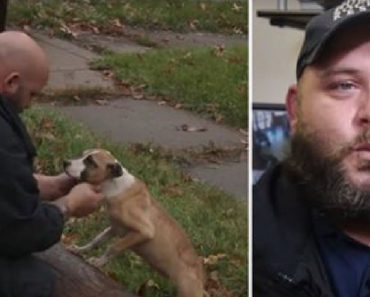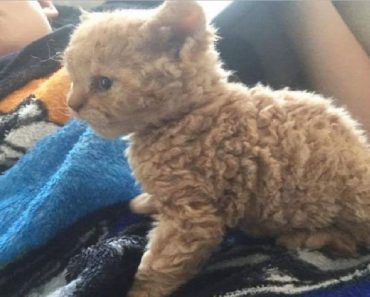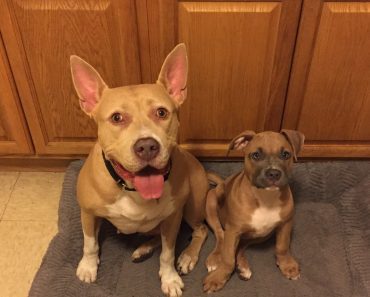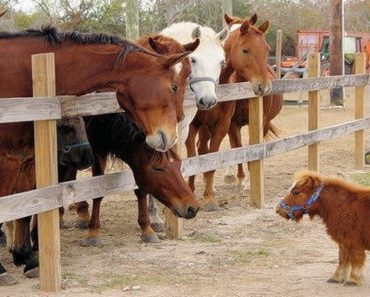Here is how rawhide is manufactured before coming to pet store shelves:
Step 1: The Tannery
Usually, the cattle hides are shipped from the slaughterhouses right to the tanneries to be processed. Then, these hides are treated with a chemical bath which helps to “preserve” the product as it’s transported to help prevent them from spoiling.
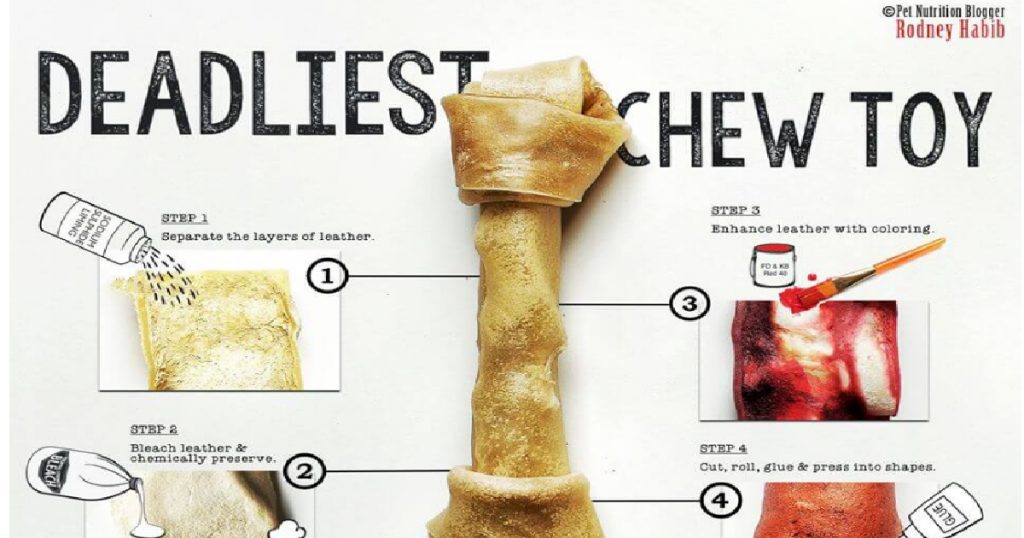
Once they make it to the tannery, the hides are soaked and treated with one of the following: an ash-lye solution or a highly toxic concoction of sodium sulphide liming. During this process the hair and fat that might still be attached to the hides themselves is stripped.
Next the hides are treated with chemicals which help to “puff” the hide. This also makes it easier to split the layers.
The outer layer of the hide is then used for goods such as car seats, clothing, shoes, purses, etc. But, the inner layer is what’s needed to make the rawhide.
2: A Chemical Cleansing
Now that we’ve got the inner layer of the hide, it’s time for the post-tannery stage! The hides are washed and whitened with a solution of hydrogen peroxide and/or bleach; this wash also helps to get rid of the smell of rotten or putrid leather. If the bleach isn’t strong enough, research has shown that other types of chemicals might be used during this process to help whiten the product.
Step 3: Make It Look Appealing
Now’s the time to make the whitened sheets of this “leathery by-product” look yummy! So, here’s where the artistic painting process happens.
“Basted, smoked, and decoratively tinted products might be any color (or odor) underneath the coating of (often artificial) dyes and flavors. They can even be painted with a coating of titanium oxide to make them appear white and pretty on the pet store shelves.”
“…the Material Safety Data Sheet reveals a toxic confection containing the carcinogen FD&C Red 40, along with preservatives like sodium benzonate. But tracking the effects of chemical exposure is nearly impossible when it’s a matter of slow, low-dose poisoning.”
Step 4: Making It Last Forever!
When rawhide was tested: Lead, Arsenic, Mercury, Chromium salts, Formaldehyde as well as other toxic chemicals were found. So it’s safe to assume that any kind of glues can be used as well!
Finally, the product is packaged and all of the eye-catching marketing labels are attached to the package.
Take a look at the fine print warnings that are attached to some of these rawhide packages:
“Choking or blockages. If your dog swallows large pieces of rawhide, the rawhide can get stuck in the esophagus or other parts of the digestive tract. Sometimes, abdominal surgery is needed to remove them from the stomach or intestines. If it isn’t resolved, a blockage can lead to death.”
There you have it! The product is ready to be shipped to the local store and placed on the shelves where it can be bought for our beloved animal companions.
What do proactive veterinarians think about these chews?
Below is the world-renowned veterinarian Doctor Karen Becker’s opinion on the matter:
“The name ‘rawhide’ is technically incorrect. A more accurate name would be processed-hide, because the skin isn’t raw at all. But the term “rawhide” has stuck.
Rawhide chews start out hard, but as your dog works the chew it becomes softer, and eventually he can unknot the knots on each end and the chew takes on the consistency of a slimy piece of taffy or bubble gum. And by that time your dog cannot stop working it- it becomes almost addictive.
At this point, there’s no longer any dental benefit to the chew because it has turned soft and goody, and, in fact, it has become a choking and intestinal obstruction hazard.”
Humane Society International did an investigation and stated in their report, “In a particularly grisly twist, the skins of brutally slaughtered dogs in Thailand are mixed with other bits of skin to produce rawhide chew toys for pet dogs. Manufacturers told investigators that these chew toys are regularly exported to and sold in U.S. stores.”
If you know someone who might like this please click “Share” below!


